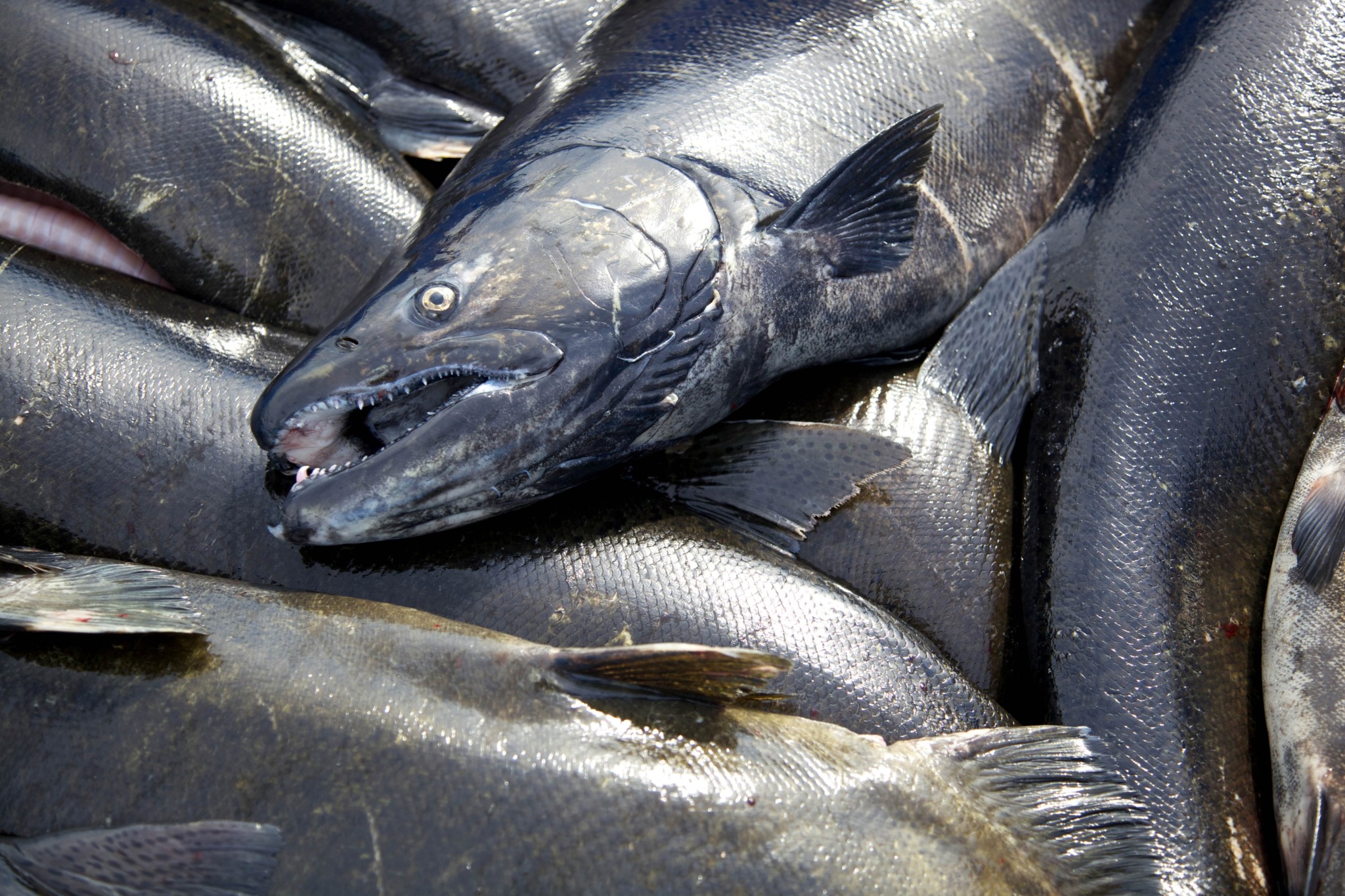American and Canadian negotiators have successfully brokered a deal to renew the Pacific Salmon Treaty. The compromise agreement has now been sent to Ottawa and Washington, D.C., to be approved and ratified by their respective national governments.
The Pacific Salmon Treaty is renegotiated every decade between the two countries to govern salmon catch, research, and enhancement in Alaska, Oregon, Washington and British Columbia. The treaty expires on its own terms on Dec. 31, 2018. The current negotiations have taken place over the course of two years by two teams seeking to renew the treaty for the next decade, from Jan. 1, 2019, through Dec. 31, 2028.
Aspects of the expiring plan will carry over. Among them, the use of an abundance-based management regime for king salmon, as opposed to hard caps. This should result in harvest rate indices and quotas that will rise and fall depending on abundance of the fish.
Pacific Salmon Commission Executive Secretary John Field praised the negotiators for working out amendments to the treaty, including harvest rate reductions of king salmon when it comes to mixed-stock ocean fisheries.
“[They recogniz[ed] that Chinook populations have not rebounded as fast as [the industry] wanted [them] to… the countries have agreed to harvest reductions in mixed-stock fisheries ranging from 1.5 percent at the low end to 12.5 percent on the high end on the west coast of Vancouver Island,” Field said. “Those reductions float with the abundance of Chinook determined every spring by the scientists.”
For individual stock-based management, which generally covers fisheries closer to shore or in rivers, the United States and Canada agreed to reductions between 5 and 15 percent, also depending on abundance.
The countries also agreed to a midterm review to be conducted at the five-year mark of the renewed treaty, which Field said will examine how well the reductions have succeeded in bringing king salmon back, and whether further adjustments need to be made, such as more drastic harvest reductions.
According to Field, the plan enjoys broad bipartisan support, and is expected to be signed by representatives from both governments with ample time to be implemented by the beginning of 2019.
The treaty is being championed by Alaskan fisheries officials, including Alaska Pacific Salmon Commissioner and Deputy Commissioner of the Alaska Department of Fish and Game Charles O. Swanton.
“A diverse group of 59 Alaskans spend more than three years negotiating for the best deal possible for Alaska while ensuring conservation and sustainable access to our valuable shared North Pacific salmon fisheries,” Swanton said in a press release praising the tentative agreement.
Officials have expressed relief that the treaty did not expire, as has only happened once, in the 1990s, when the United States and Canada struggled to come to agreement on an abundance-based regime for king salmon harvesting, moving away from concrete figures.
“The agreement became so severe that by 1995 they could not reach bilateral agreement,” Field said. “So they walked away from the table, and each country managed their fisheries independently. That is not what either country wants to see repeated.”
But it appears that cautionary tales are not needed this time around. Field spoke confidently about the presumed outcome of the treaty.
“If I was an angler, or a commercial fisherman, or a conservationist, I’d take comfort in the fact that the countries have worked so hard over the last two years to reach this agreement. They did not take it lightly,” Field said. “They have committed financing and personnel to the best of their ability, and they are working hard in Ottawa and Washington, D.C., to make sure it gets done. After 100-plus years of cooperation and working together on Pacific salmon, the United States and Canada look poised to do it again.”
This story was originally published by Seafood Source and is republished here with permission.







